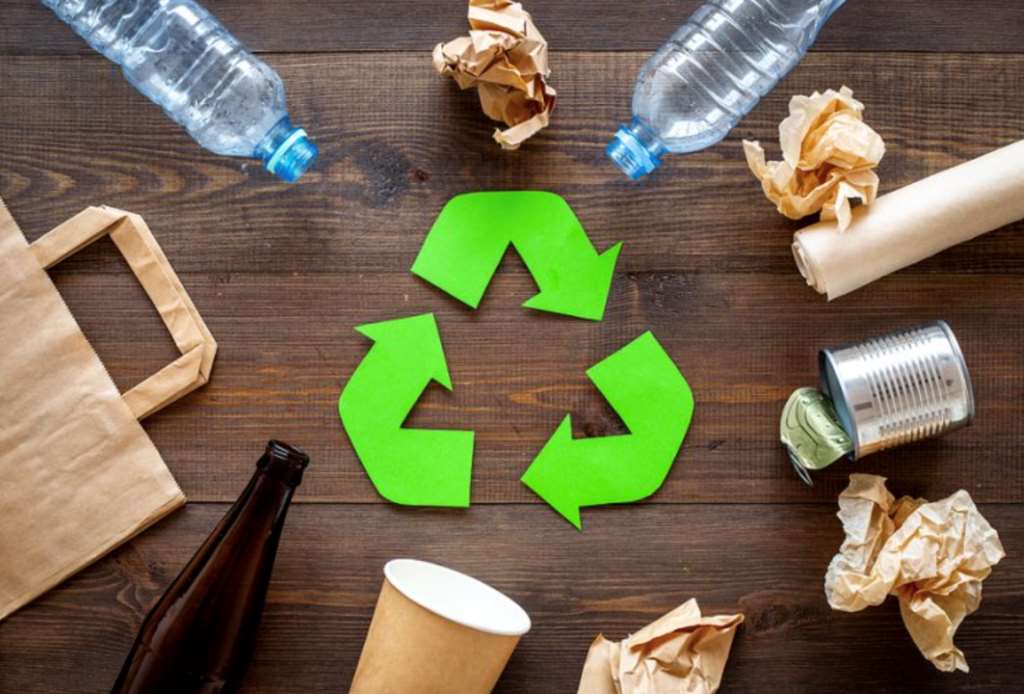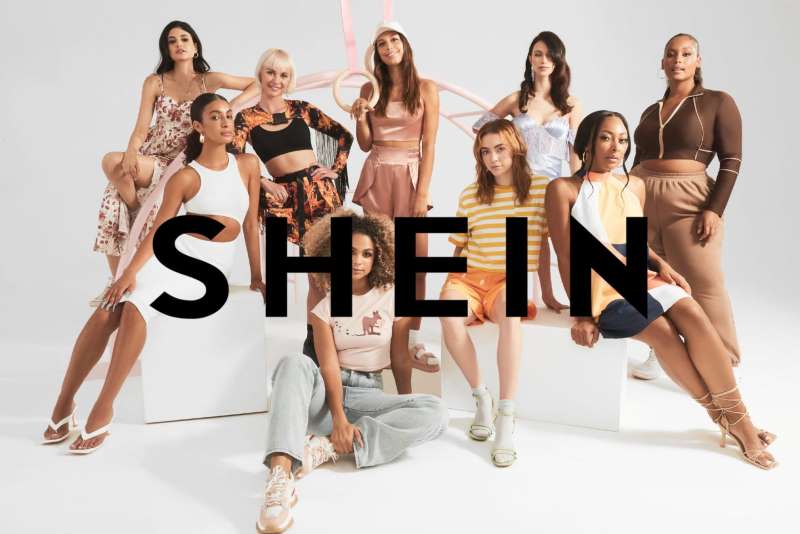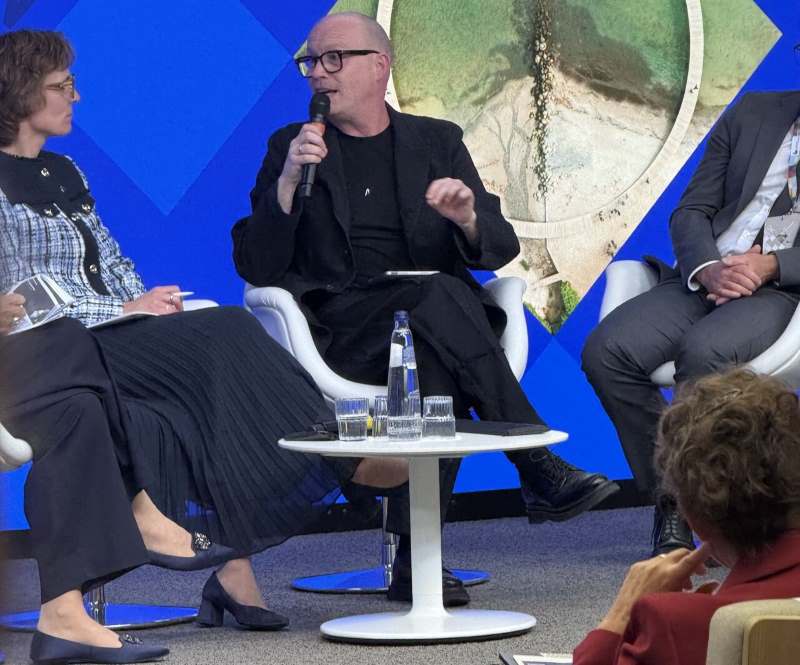
rPET fibers, Patagonia, The North Face, Adidas, H&M, Mordor Intelligence
Recycled polyester fiber (rPET), reborn from plastic waste, is rapidly transforming the textile industry. This eco-friendly alternative to virgin polyester offers a glimpse into a more sustainable future for fashion and beyond.
The global rPET fiber market is booming. In 2021, it stood at $12.3 billion, and is expected to reach a value of $28.3 billion by 2031, with a healthy CAGR of 8.71 per cent. This growth is due to several factors viz rising consumer demand for sustainable products and growing environmental concerns.
Production and consumption trends
A look at the statistics reveals, polyester itself accounts for over half of the global fiber market, with a significant portion shifting towards recycled options. This trend is evident in rising rPET demand, with projections expecting a capture rate of at least 45 per cent by 2025 and a long-term vision of reaching 90 per cent by 2030.
Table: Global rPET fiber market
|
Category |
Value |
Source |
|
|
Market Size (2021) |
$12.3 billion |
Industry Report |
|
|
Projected Market Size (2031) |
$28.3 Billion |
Industry Report |
|
|
CAGR (2021-2031) |
8.71% |
Industry Report |
|
|
Polyester Share of Global Fiber Market |
Over 50% |
Industry Report |
|
|
Projected rPET Capture Rate (2025) |
At least 45% |
Industry Report |
|
|
Long-Term rPET Capture Vision (2030) |
90% |
Industry Report |
Asia Pacific dominates the rPET fiber production landscape, with China being a major player. Brands like Patagonia and The North Face, with a significant presence in Asia, are driving the demand for rPET in the region. However, the story on the consumption side differs. Europe and North America are currently leading the charge in rPET fiber usage, driven by strong consumer awareness and government regulations promoting sustainability. Brands like Adidas and H&M, headquartered in Europe, have pledged to increase their use of rPET in their products.
Table: rPET Fiber Production and Consumption
|
Region |
Production Leader |
Consumption Leader |
Reason for Consumption Lead |
|
Asia Pacific |
China |
Europe & North America |
Strong consumer awareness and government regulations |
|
Examples (Brands) |
Adidas, H&M |
European Headquarters |
While rPET fiber production is ramping up, it still lags behind consumption. Data suggests that in 2022, only around 14 per cent of the global fashion industry's polyester demand was met by recycled fibers as per Mordor Intelligence. This gap presents a tremendous opportunity for increased production and infrastructure development. "Recycled polyester fiber is a game-changer for the textile industry. It allows us to create high-quality products while minimizing our environmental footprint," explains Stella McCartney, renowned fashion designer known for her sustainable practices.
Several brands are taking concrete steps to integrate rPET into their products. Patagonia, a renowned outdoor apparel company, has pledged to eliminate virgin polyester by 2025, relying heavily on rPET for its clothing lines. Similarly, Adidas, a sportswear giant, aims to use recycled polyester in all its products by 2024. These examples showcase the industry's growing commitment to sustainability. “Recycled polyester is a game-changer for the textile industry. It allows us to create high-performance products while minimizing our environmental impact," explains Yvon Chouinard, Founder of Patagonia.
Despite the positive outlook, the rPET market faces hurdles. Collection and sorting of plastic waste for recycling remain inefficient, especially in developing countries. Additionally, scaling up production of high-quality rPET fibers to meet rising demand requires technological advancements. To overcome these obstacles, strategic initiatives are underway. Investments in improved waste management infrastructure and technological advancements in recycling processes are crucial. Furthermore, promoting a ‘circular economy’ where used textiles are recycled back into new fibers is another key solution.
Indeed, rPET fiber market is promising, driven by environmental concerns and consumer preferences. While challenges exist, innovative solutions and industry collaboration are paving the way for a more sustainable future. As production capacities increase, costs decrease, and infrastructure improves, rPET has the potential to revolutionize the textile industry, leaving a smaller footprint on our planet.












